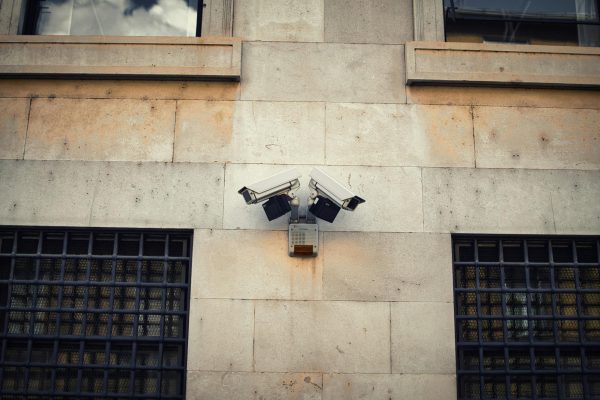Correcting the Campus Cat Conundrum
By now, every student on campus has seen at least one furry feline running past them on campus.
The campus cats are famous among the student body, and while I love seeing the cute cats as much as the next student, there is a growing problem.
When I first came to UIS four years ago, there were only two. But as time has gone on, they’ve been multiplying, partially because of students cruelly abandoning their pets, but also because these cats are rarely fixed.
Last year a cat had a litter of kittens in the long grass between HCOM and Larkspur court, hissing at anyone—including me—that tried to pass by on the sidewalk.
Back in 2001, we had a similar problem.
Normajean Niebur started the feral cat program on campus by trapping the cats and bringing them to the Animal Protective League, or APL, to rectify the situation through spaying and neutering- and eventually the cats dwindled down to one.
I went to APL to ask for their opinion on the matter, and interviewed Sarah Moore, the Spay/Neutral Clinic manager, who was involved with the program as a student at UIS.
She explained the benefits to the system, called ‘TNR’ for ‘trap, neuter, rescue.’
Overpopulation can lead to sickness spreading, and neutering eventually dwindles the cat population down while ensuring that no feral cat has to be euthanized because they are ‘unadoptable.’
The system also prevents the vacuum effect caused by trap and remove systems, where left over cats reproduce faster and have more litters.
“We would even be willing to do the surgeries for free if somebody was willing to bring them in,” Moore stated, though they do not have volunteers to do trapping because of the liability issue.
With the spaying and neutering would also be vaccinations, not only to prevent feline-only diseases spreading between cats, but to prevent rabies—an important thing to do on a college campus. How long would it be until a cat that has rabies bites a student?
Leaving this as a volunteer or student project sounds nice, but ultimately these seem to crumble fast. Moore recalled an animal welfare club starting in 2007, but “after like a year, the club fell apart.”
UIS instead needs to think about a more permanent option to help these animals and protect its student body. There needs to be pressure for a proper answer to this growing problem, especially as the risk of a new mother or a rabid cat attacking a student continues to grow. Something needs to change—For the cats, and for us.
Go here for the full interview.











